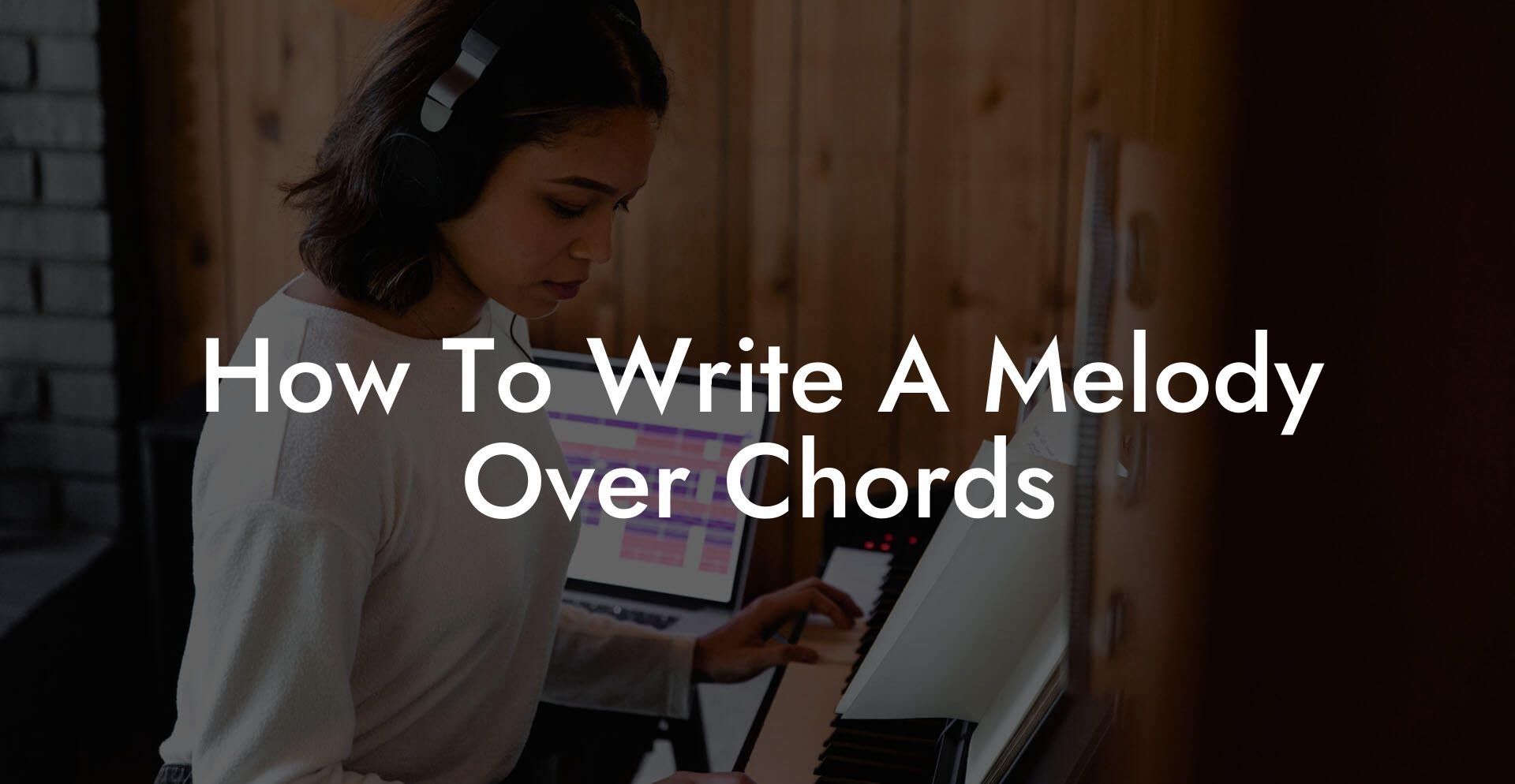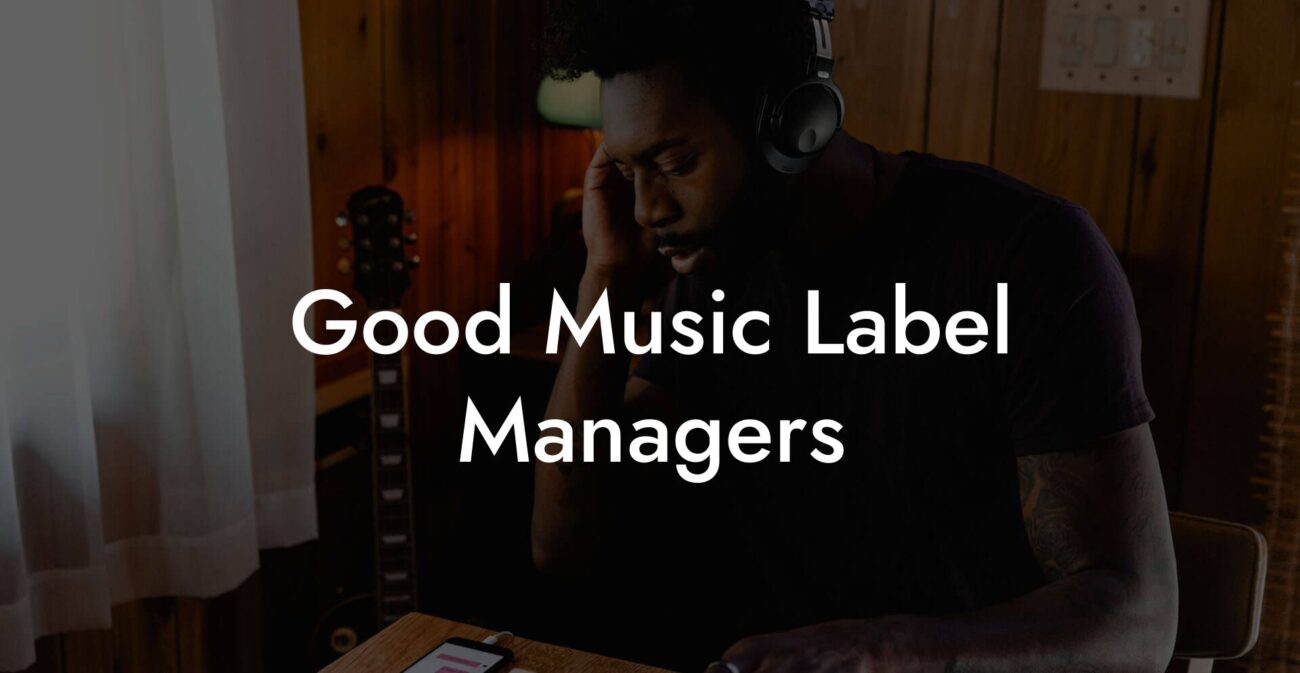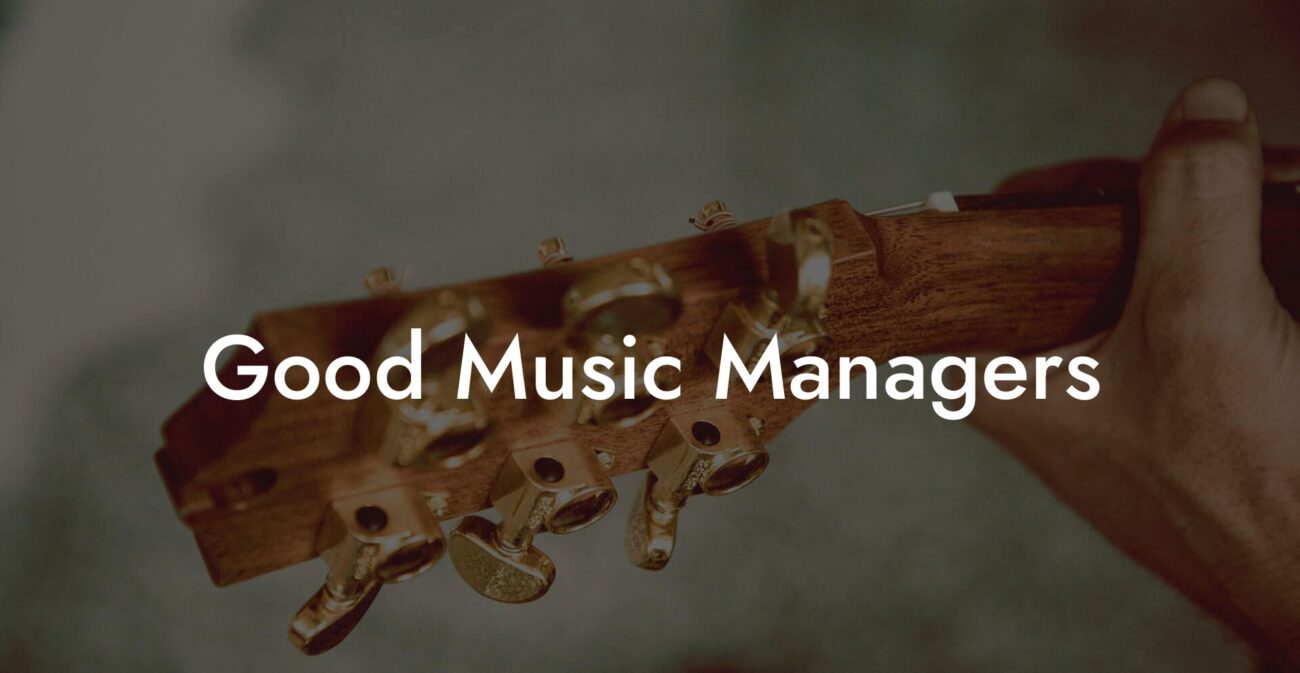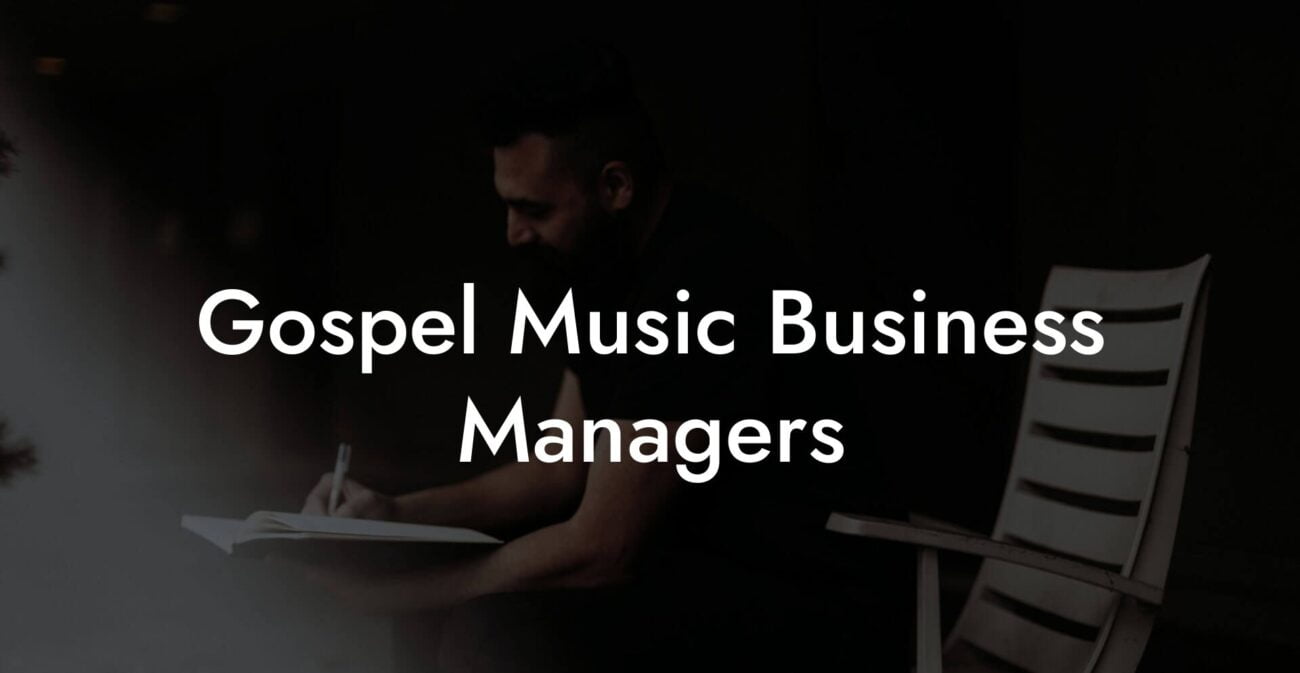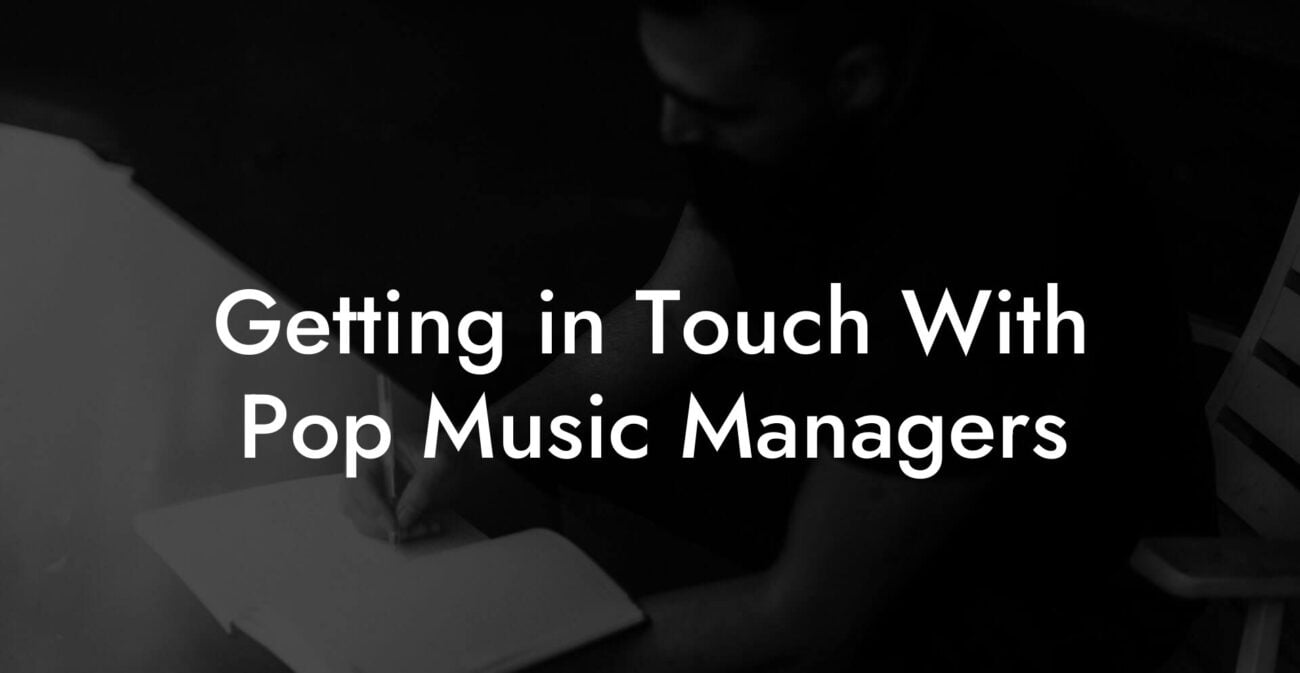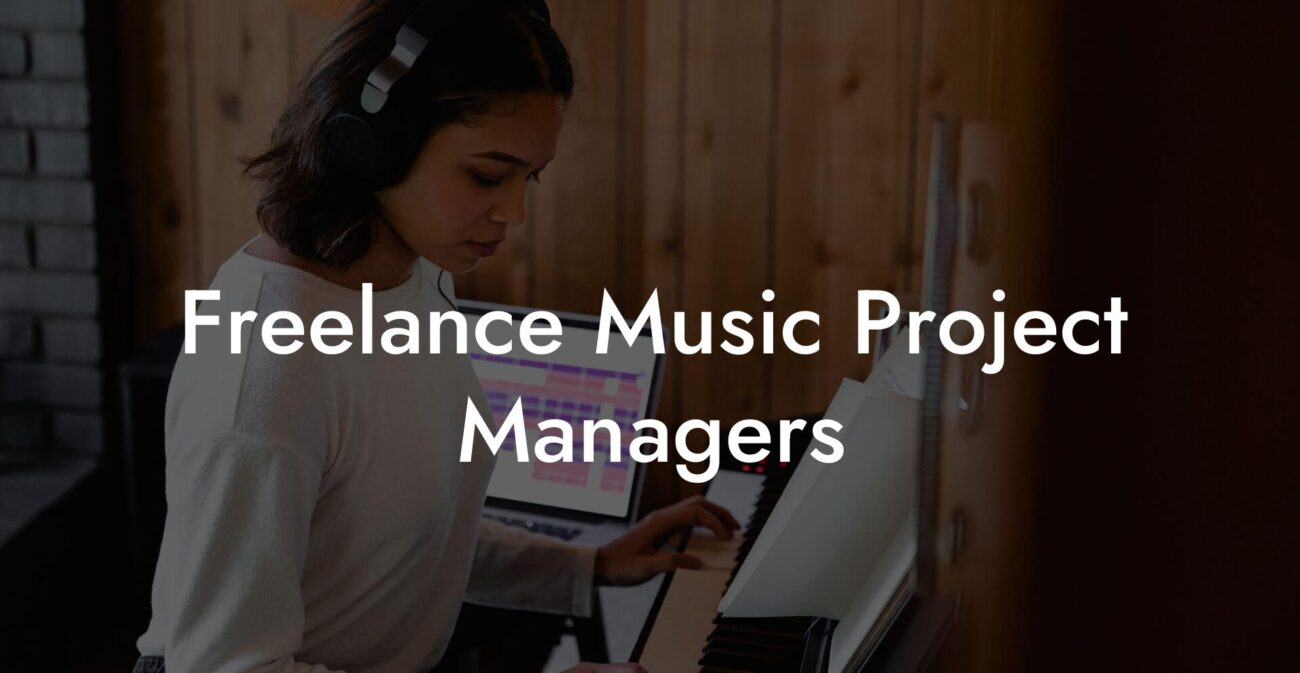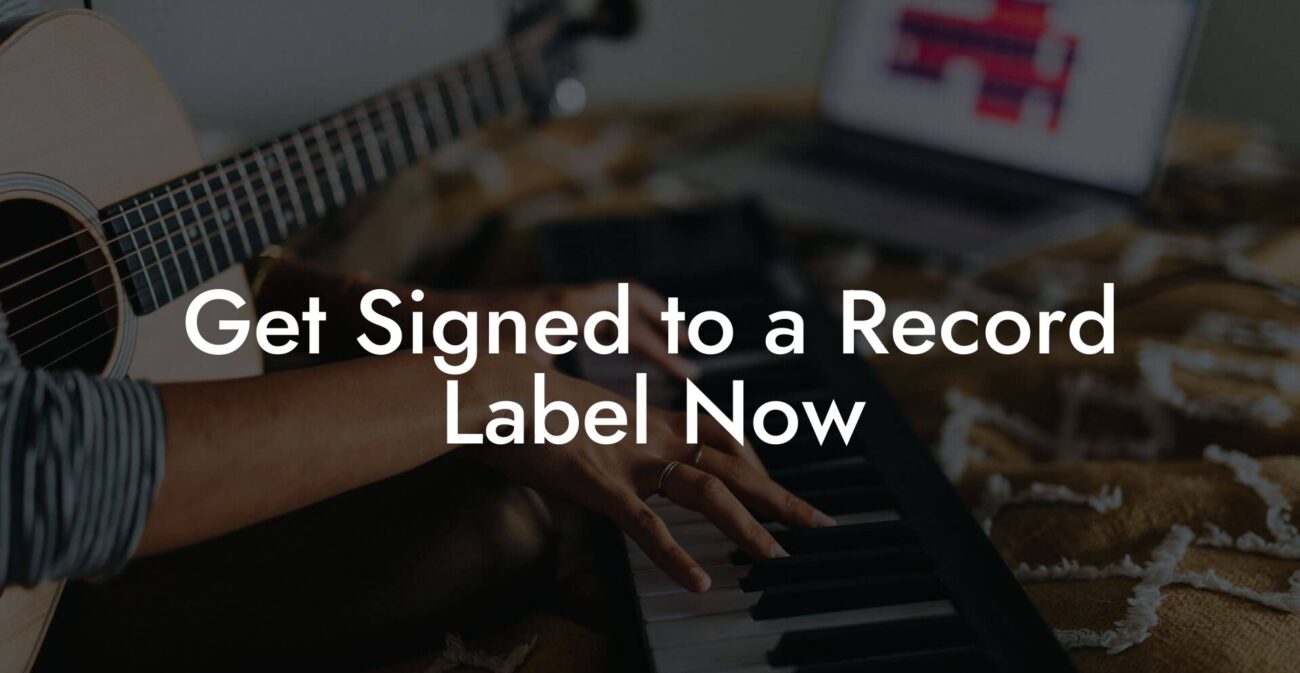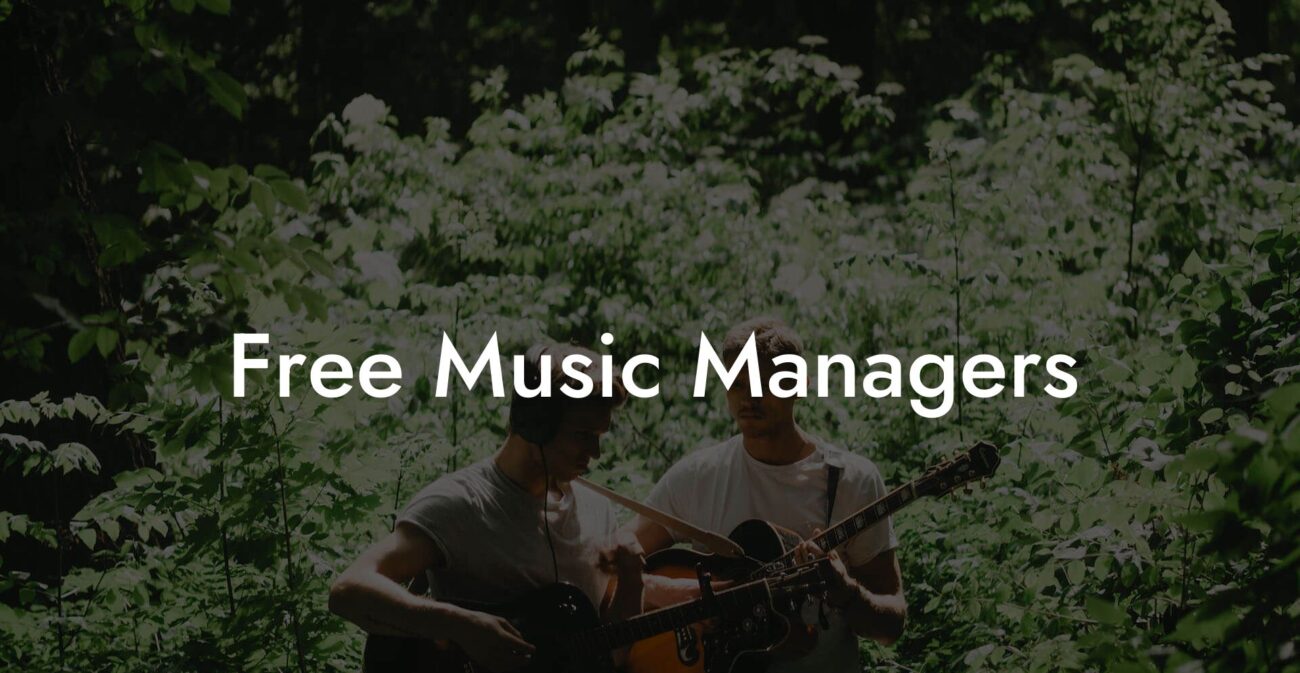So, you’re ready to dive into the magical realm of songwriting and create that killer melody over your favorite chord progression—but where do you even begin? Imagine you’re a modern-day musical alchemist, mixing chords like vibrant paints on a sonic canvas and crafting melodies that stick like your favorite meme. Whether you’re jamming in your bedroom with a half-broken guitar or drooling over beats on your digital audio workstation, learning how to write a melody over chords is about blending creativity, music theory, and a dash of spontaneity. Let’s break it down in a way that speaks directly to your Gen Z and millennial soul, with plenty of laughs, insights, and actionable tips to get you rocking in no time.
Looking to write your next song? Transform your creative ideas into songs that people will love, and skyrocket your music career with Lyric Assistant. The perfect songwriting assistant. Find out more →
Quick Links to Useful Sections
- Understanding the Building Blocks of Melody and Chords
- Why Chord Progressions Are the Backbone of a Great Melody
- Diving into Music Theory: Scales, Intervals, and Harmonic Relationships
- Step-by-Step Guide: How to Write a Melody Over Chords
- Step 1: Choose Your Chord Progression
- Step 2: Identify the Key and Scale
- Step 3: Improvise and Experiment
- Step 4: Embrace Repetition and Variation
- Step 5: Layer Emotion with Dynamics
- Step 6: Refine and Edit
- Crafting a Melody That Tells a Story
- Incorporating Your Unique Style and Voice
- Leveraging Modern Tools for Songwriting
- Practical Tips and Exercises for Crafting Your Melody
- Exercise 1: Chord Jam Session
- Exercise 2: Scale Exploration
- Exercise 3: Vocal Experimentation
- Common Challenges and How to Overcome Them
- Resources and Community Support: Your Next Steps
- Integrating Your Lyrics and Melody Seamlessly
- Pro Tips for Elevating Your Songwriting Game
- Inspiring Examples: Learning from the Greats
- Overcoming Creative Blocks: Tips to Keep You Moving Forward
- Your Next Adventure in Songwriting
- Frequently Asked Questions About Writing a Melody Over Chords
- Your Next Step: Embrace the Creative Journey
Understanding the Building Blocks of Melody and Chords
At its core, a song is like a conversation between two besties: melody and chords. The chords set the mood, the emotional backdrop, while the melody is the charismatic lead, the catchy narrative that grabs the listener by the ears and never lets go. Think of chords as the sturdy foundation of a house, and the melody as the whimsical architecture that brings that home to life. It’s the same vibe as pairing your favorite playlist with that trendy coffee shop aesthetic—both parts work together to create an unforgettable experience.
In musical terms, chords are built of notes that collapse into harmony, creating a base over which you can strut your melodic stuff. Most modern pop, hip-hop, and indie tunes revolve around simple chord progressions that provide both tension and resolution. And here’s the secret sauce: your melody should feel like a playful narrative that dances around these chords, highlighting their beauty while also adding a surprising twist that keeps your listeners hooked.
This dynamic interplay sets the stage for endless creative possibilities. When you understand how the chords give your song its heartbeat, you can begin exploring how to write a melody that sings along to it—almost like a witty conversation with a friend. Yes, it’s technical, but hey, every art form has its rules (and rebels) waiting for you to flip them.
Why Chord Progressions Are the Backbone of a Great Melody
Picture your favorite catchphrase or viral meme; there’s a rhythm, a pattern that makes it stick in your head. Chord progressions work very much the same way in music. They provide structure and direction—almost like a GPS for your melody. A well-crafted chord progression creates a roadmap of tension and release, playing with your emotions as you navigate from the calm of a major chord to the drama of a minor twist.
Write Lyrics Like a Professional Songwriter
The ultimate songwriting tool that takes your creative vision to the next level! With just a few clicks, you can unleash your inner songwriter and craft a hit that's uniquely yours. Your song. You own it.
Many hit songs use classic progressions like I-IV-V-I or vi-IV-I-V, but don’t be fooled into thinking there’s only one way to do it. Every chord progression paints a different picture and evokes a unique emotion. For instance, a progression like Am–F–C–G might give off introspective, almost cinematic vibes, while something as simple as C–G–Am–F can feel uplifting and heartwarming.
As you experiment with your chord choices, think of them as flavors in your culinary masterpiece. A dash of minor here, a sprinkle of suspended chord there—before you know it, you’re cooking up a sonic feast that’s as satisfying as your favorite TikTok recipe hack.
Diving into Music Theory: Scales, Intervals, and Harmonic Relationships
Alright, let’s break out the digital whiteboard and geek out over some music theory! Don’t worry, you won’t need to memorize an encyclopedia of scales—just a few fundamental ideas that will empower you to craft melodies that gel perfectly over your chords.
Scales: Think of scales as your personal palette of notes. The major scale often feels bright and happy, while the minor scale can stir a cocktail of feelings ranging from melancholy to mystery. Explore modes too; from the boisterous Mixolydian to the unconventional Lydian, each mode brings a unique color to your melody.
Intervals: These are the distances between notes, and they’re the unsung heroes of melodic emotion. A minor third may evoke a sense of sadness or longing, while a perfect fifth can sound bold and majestic. Understanding intervals helps you decide which notes to emphasize in your melody, creating moments of surprise that hit the listener right in the feels.
Harmonic Relationships: Harmony is the secret sauce that makes all the above come together. When your melody aligns with the chord’s underlying structure, you create a seamless, captivating auditory experience. You can think of it as a high-five between your melody and chords; when done right, it’s pure magic.
Even if you’re not aiming to become a full-on music theory professor, a basic understanding of these elements can transform your songwriting from meh to masterpiece.
Step-by-Step Guide: How to Write a Melody Over Chords
Ready to create some ear candy? Let’s break down the process of writing a melody over chords into bite-sized steps that even your sleep-deprived brain at 3 AM can follow.
Step 1: Choose Your Chord Progression
Start by picking a chord progression that resonates with the vibe you’re going for. Whether you’re in the mood for a soulful ballad or an upbeat anthem, the chords will set the tone. You can base your progression on a classic pattern, or break the mold with an experimental sequence. Experiment using a keyboard app or a guitar—whatever gets your creative juices flowing.
Step 2: Identify the Key and Scale
Once you’ve settled on your chords, determine the key of your progression. This will tell you which scale to use for your melody. For instance, if you’re playing in the key of C major, your melody should primarily use the notes within that scale. This ensures that the melody harmonizes with the chords without clashing.
Step 3: Improvise and Experiment
Now comes the fun part—improvisation! Grab your instrument, and start playing around with different note sequences over your chord progression. Don’t worry about perfection; this is all about exploring. Record yourself if you can (even if it’s just on your phone), so you can revisit those unexpectedly brilliant moments later.
Think of this phase as your creative sandbox. Play with rhythms, try syncopated patterns, and don’t be afraid to let your inner musical mischief-maker shine. Sometimes, the best melodies emerge from spontaneous, happy accidents.
Step 4: Embrace Repetition and Variation
A powerful melody typically balances repetition and variation. Repeating a catchy phrase can help embed the tune in your listener’s mind, but too much repetition might turn it into a monotonous loop. Experiment with subtle variations in rhythm, pitch, or dynamics—kind of like remixing a viral TikTok sound to create your own spin on it.
Step 5: Layer Emotion with Dynamics
Dynamics are your secret weapon for emotional storytelling. Use softer, slower segments to build anticipation, and then burst into a more animated, higher-pitched sequence to release that tension. It’s all about creating a push-pull effect that mirrors the ebb and flow of human emotions.
Step 6: Refine and Edit
After you’ve jammed out a few ideas, take a step back and listen critically. Identify the parts that truly resonate, and don’t be afraid to trim the fat. Remove any elements that feel off or too chaotic. This editing phase might feel like an inquisition on your creative soul, but it’s essential for polishing your melody into a radio-ready masterpiece.
Remember, songwriting is as much about discipline as it is about spontaneous genius. So, channel your inner perfectionist (in a chill, modern way), and tweak until your melody sings.
Crafting a Melody That Tells a Story
Beyond the technicalities of chord progressions and scales, a truly memorable melody tells a story. It’s like the plot of your favorite binge-worthy series—filled with highs, lows, twists, and moments that leave you wanting more. Consider what you want your song to communicate. Is it a tale of unrequited love, a burst of celebration, or perhaps an introspective journey into self-discovery?
Write down a few keywords or themes before you start composing. Let these words serve as the narrative spine of your melody. For example, if you’re leaning into the bittersweet vibe of a break-up ballad, you might focus on notes that evoke longing and nostalgia. The emotional color of your melody should align with the story you’re telling, making every note feel deliberate and alive.
Embrace your inner storyteller and remember: every great hit has a beginning, a middle, and an end—even if that ending is an epic guitar solo or a climactic vocal run.
Incorporating Your Unique Style and Voice
Let’s be real—there are thousands of tutorials out there on how to write a melody, but no one else has your vibe. Your unique personality is what sets your music apart from the rest of the noise. Perhaps you’ve got an offbeat sense of humor, a knack for unexpected chord substitutions, or a penchant for intertwining modern beats with classic tunes. Whatever it is, let that individuality shine.
Experiment with inflections, pauses, and even silence. Sometimes, the space between notes can say more than the notes themselves. Play around with timing—a slight delay here, an unexpected syncopation there—until you create a melody that feels 100% you. The key is authenticity; your listeners will always vibe more with something genuine than with a formulaic hit.
If you ever feel stuck, try listening to a playlist of songs you admire and analyze what makes their melodies pop. Use those insights as inspiration—but don’t copy. Your creative signature is what makes your music memorable in a sea of sameness.
Leveraging Modern Tools for Songwriting
In today’s digital era, tech is your best friend when it comes to songwriting. Gone are the days when you had to scribble down notes on a napkin and pray for the best. With apps like digital audio workstations (DAWs), chord generators, and yes—the very tool that brought you here, Lyric Assistant—crafting your next hit is easier than ever.
Tools like Lyric Assistant can help you not only with lyrics but also by inspiring you with fresh ideas. Imagine plugging in your chord progression and getting a burst of lyrical inspiration that complements your melody perfectly. These modern tools are like your backstage crew, handling the nitty-gritty details so you can focus on the creative magic.
There are plenty of apps and online platforms available where you can experiment with different chord arrangements, record drafts, and even collaborate with other musicians remotely. Utilize these technology stacks to streamline your creative process—because, let’s face it, saving time means more time for binging your favorite series or scrolling through meme pages.
Practical Tips and Exercises for Crafting Your Melody
No guide would be complete without a set of practical exercises to help you flex those musical muscles. Whether you’re a seasoned songwriter or just dipping your toes into the pool of melody-making, these exercises will help you experiment and refine your craft.
Exercise 1: Chord Jam Session
Start by selecting a simple chord progression—say, Dm–G–C–F. Set your timer for 5–10 minutes and just jam! Let your fingers wander over the keys or strings while humming or singing along. Don’t overthink it; allow your subconscious to guide you through variations and spontaneous bursts of inspiration.
Exercise 2: Scale Exploration
Take your scale (e.g., the A minor scale) and play it slowly. Then, try improvising short sequences within that scale over your chosen chord progression. This exercise helps you familiarize yourself with the notes that naturally meld well with the chords, sparking ideas for your melody.
Exercise 3: Vocal Experimentation
Even if you’re not the next chart-topping vocalist, sing your melody out loud. It’s a fantastic way to test how your melody feels and identify any parts that might seem off-key or awkward when sung. Record yourself, listen back, and don’t hesitate to try different phrasing or rhythms.
These exercises aren’t just drills—they’re opportunities to discover that hidden melody that’s been waiting inside you. And remember, even if you sound like a shower solo all the way through, every great artist started somewhere (and trust us, shower solos are a rite of passage).
Common Challenges and How to Overcome Them
Even the most inspired creatives face roadblocks. You might find yourself stuck in a loop, creating a melody that just doesn’t gel with your chords, or worse, feeling like every note you play sounds like a generic copy of the last hit on your Spotify playlist. Here are some typical challenges and ways to overcome them:
- Overcomplicating Your Melody: It’s tempting to throw in every scale note you know, but sometimes, simplicity is golden. Focus on a few well-chosen notes and let them shine.
- Chasing Perfection: Don’t let your inner critic hijack the creative process. Remember, many hit songs were born out of experimentation and happy accidents. Embrace imperfections as a sign of authenticity.
- Writer’s Block: When inspiration is low, try changing your environment—step outside, listen to a different genre, or collaborate with a friend. A fresh perspective might just be the spark you need.
- Technical Overload: Overanalyzing every element of music theory can stifle creativity. Strike a balance between technique and intuition. Sometimes, simply trusting your gut is the best course of action.
Facing these challenges head-on will not only improve your songwriting skills but also build resilience in your creative process. Every hurdle is just another stepping stone towards developing a melody that truly represents your artistic voice.
Resources and Community Support: Your Next Steps
Songwriting is a journey best traveled with others—whether it’s bouncing ideas off a friend or joining an online community of fellow musical explorers. Here are some resources to get you started:
- Online Communities: Forums on Reddit, Facebook groups for songwriters, and Discord channels where you can share your work, get feedback, and collaborate on new ideas.
- Tutorial Platforms: Websites like YouTube and Skillshare offer a wealth of tutorials on songwriting, chord theory, and melody crafting from industry professionals.
- Songwriting Apps: Besides Lyric Assistant, consider apps like GarageBand, Ableton Live, or FL Studio for recording and experimenting with your musical ideas.
- Live Workshops and Webinars: Look out for virtual events hosted by established musicians and producers who share tips, techniques, and real-world insights into the songwriting process.
- Books and Blogs: Dive into popular songwriting books and blogs that break down complex concepts in simple, relatable terms. They can offer both inspiration and practical advice.
No matter where you are in your musical journey, connecting with a community can provide both practical guidance and emotional support. The beauty of music lies in its universality, and sharing your progress with others can be one of the most rewarding parts of the creative process.
Integrating Your Lyrics and Melody Seamlessly
We couldn’t talk about songwriting without giving a shout-out to lyrics. A powerful melody paired with evocative lyrics can transform a simple tune into an anthem of your inner universe. If you ever find yourself struggling to marry your vocals with your instrumental backdrop, consider taking a break and letting your thoughts simmer before diving back in.
Use tools like Lyric Assistant to help bridge any gaps. By generating fresh lyric ideas or refining your existing lines, you can create a cohesive narrative that flows naturally with your melody. The integration of lyrics and melody should feel as effortless as scrolling through your favorite social media feed—seamless and addictive.
Experiment with the placement of words against your chord changes. Sometimes, a slight shift in timing or emphasis can make your lyrics pop, matching the emotional cadence of your melody perfectly.
Pro Tips for Elevating Your Songwriting Game
If you’re hungry for more ways to push the envelope in your songwriting craft, here are some pro tips that can take your melody over chords from good to unforgettable:
- Record Every Idea: Whether it’s on your phone or computer, capture your spontaneous melodic bursts. Many hits started as quick voice memos, so never underestimate the power of a fleeting moment of inspiration.
- Experiment with Tempo: Sometimes slowing down or speeding up the pace of your chords can reveal new melodic contours. Don’t be afraid to play around with timing to see what feels best.
- Use Rests Strategically: Silence can be as impactful as sound. Experiment with pause for dramatic effect—let your melody breathe and give your audience a moment to savor the buildup.
- Collaborate with Other Musicians: Two (or more) heads are often better than one. Swap ideas with a fellow songwriter or producer; the cross-pollination of creative styles can lead to breakthroughs you might not achieve alone.
- Trust Your Instincts: At the end of the day, music is a form of self-expression. If something feels off, trust your gut and pivot. Your personal voice is what will make your work resonate.
These tips are not so much rigid rules as they are signposts along your creative journey. The more you experiment, the more you’ll discover the unique techniques that work best for your style.
Inspiring Examples: Learning from the Greats
One of the best ways to fuel your own creativity is to study the masters. Think about iconic tracks that have effortlessly combined catchy melodies with rich chord progressions—songs like “Bohemian Rhapsody,” “Hey Jude,” or even modern hits like “Blinding Lights.” Analyze what makes these tunes work: the subtle shifts in dynamics, the balance of repetition and surprise, and the way the melody seems to converse with the chords.
Don’t be intimidated by the complexity of these arrangements. Instead, view them as inspiration. Take a favorite song apart, note the elements that strike you, and then apply those lessons to your own compositions. Sometimes, starting with a template of a classic progression and putting your unique twist on it is exactly what you need to break into your next creative breakthrough.
Remember, every musical genius once started somewhere—and many of them had to overcome countless creative hurdles before crafting the iconic melodies we all sing along to today.
Overcoming Creative Blocks: Tips to Keep You Moving Forward
Let’s face it—writer’s block is as real in music as it is in any other form of creativity. Some days, inspiration flows like an endless river; other days, it’s more like a trickle in the desert. The trick is not to let those dry spells discourage you. Here are a few strategies to keep the creative engine running:
- Switch Your Instrument: Sometimes, a change of scenery (or instrument) can reinvigorate your creative process. If you usually work on guitar, try picking up a ukulele or a piano for a fresh perspective.
- Change Your Environment: As cliché as it sounds, a fresh space can spark new ideas. Head to a park or a cozy coffee shop, and let the surroundings inspire you.
- Collaborate or Seek Feedback: Share your work with friends or online communities. A fresh set of ears can point out nuances you might have missed—and sometimes, all you need is a little encouragement to push through.
- Take a Break: Step away from the keyboard or instrument for a bit. Often, the best ideas come back when you’re not actively chasing them.
Creative blocks are merely temporary pauses in your journey. Each time you overcome them, you gain a deeper understanding of your creative process and a renewed appreciation for the art of melody-making.
Your Next Adventure in Songwriting
So here you are, equipped with the tools, techniques, and inspiration to start writing that breathtaking melody over chords. Embrace the journey with an open mind and a playful spirit—great music isn’t born out of rigid perfection, but from the courage to experiment and the joy of creation.
Each chord you strum and every note you pen is a step toward discovering your unique musical identity. As you hone your craft, remember that no melody is ever truly finished—it evolves, transforms, and grows with you. Celebrate every little success along the way, and don’t be afraid to break a few rules.
The path to songwriting mastery may be winding, yet every twist and turn is a part of your personal saga. So, plug in your instrument, fire up your creative apps, and let your melody soar to the rhythm of your heart. Your next adventure in songwriting starts right now. Go ahead, hit record, and show the world your sound.
Frequently Asked Questions About Writing a Melody Over Chords
Whether you’re a newbie trying to piece together your first tune or a seasoned songwriter looking for fresh inspiration, these FAQs cover everything you need to know about writing a melody over chords.
1. What is the relationship between chords and melody?
Chords form the harmonic foundation of a song, while the melody is the lyrical or instrumental line that floats on top of them. The melody often highlights and interacts with the chord progression, creating emotional tension and resolution.
2. How do I choose the right chord progression for my melody?
Start with classic progressions that suit your desired mood, then experiment with variations. The chords you pick set the tone for your melody, so choose a progression that reflects the story or emotion you want to convey.
3. Can I write a melody without knowing music theory?
Absolutely! While understanding basic theory can help, many great melodies come from instinct and experimentation. Trust your ear and use technology or apps to fine-tune your ideas.
4. How important are scales and intervals in melody writing?
Scales and intervals serve as the palette from which you choose your notes. By understanding them, you can create melodies that complement the underlying chords and evoke specific emotions.
5. What role does repetition play in writing a memorable melody?
Repetition reinforces the melody in your listener’s mind, but too much repetition can become monotonous. Striking the right balance between familiarity and variation is key.
6. How can modern tools like Lyric Assistant help in songwriting?
Tools like Lyric Assistant aren’t just for writing lyrics—they can also spark creative ideas that tie your melody and chords together seamlessly. They help streamline your creative process so your focus can remain on the art.
7. What should I do if my melody feels like it doesn’t match the chords?
Experiment with adjusting your rhythm, note selection, or even the chord progression. Sometimes, subtle tweaks can make a big difference in making your melody flow naturally with your chords.
8. Can I learn to write melodies by analyzing other songs?
Definitely. Studying your favorite tracks can provide insights into effective melody writing and inspire you to develop your unique style.
9. How long does it take to craft a melody that I’m proud of?
There’s no fixed timeline. Some melodies come quickly during a burst of inspiration, while others may evolve over weeks or months. Patience and regular experimentation are key.
10. What’s the one tip every aspiring songwriter should remember?
Trust yourself. Your unique voice is what makes your music stand out, so never be afraid to experiment and break the rules.
Your Next Step: Embrace the Creative Journey
Now that you’re armed with the essentials of writing a melody over chords, it’s time to put these ideas into action. Think of your creative process as an adventurous road trip with unexpected detours, some killer views, and plenty of opportunities to discover hidden gems along the way.
Don’t worry if your first few attempts feel a bit rough around the edges—every hit song started somewhere. Embrace the journey, learn from each practice session, and remember: every note you write is a step closer to refining your personal sound.
The world of songwriting is as vibrant and creative as you are. So plug in, get creative, and let your melody ride the waves of your chord progression. Your next song might just be the one that defines your musical identity. Happy songwriting!
Write Lyrics Like a Professional Songwriter
The ultimate songwriting tool that takes your creative vision to the next level! With just a few clicks, you can unleash your inner songwriter and craft a hit that's uniquely yours. Your song. You own it.

